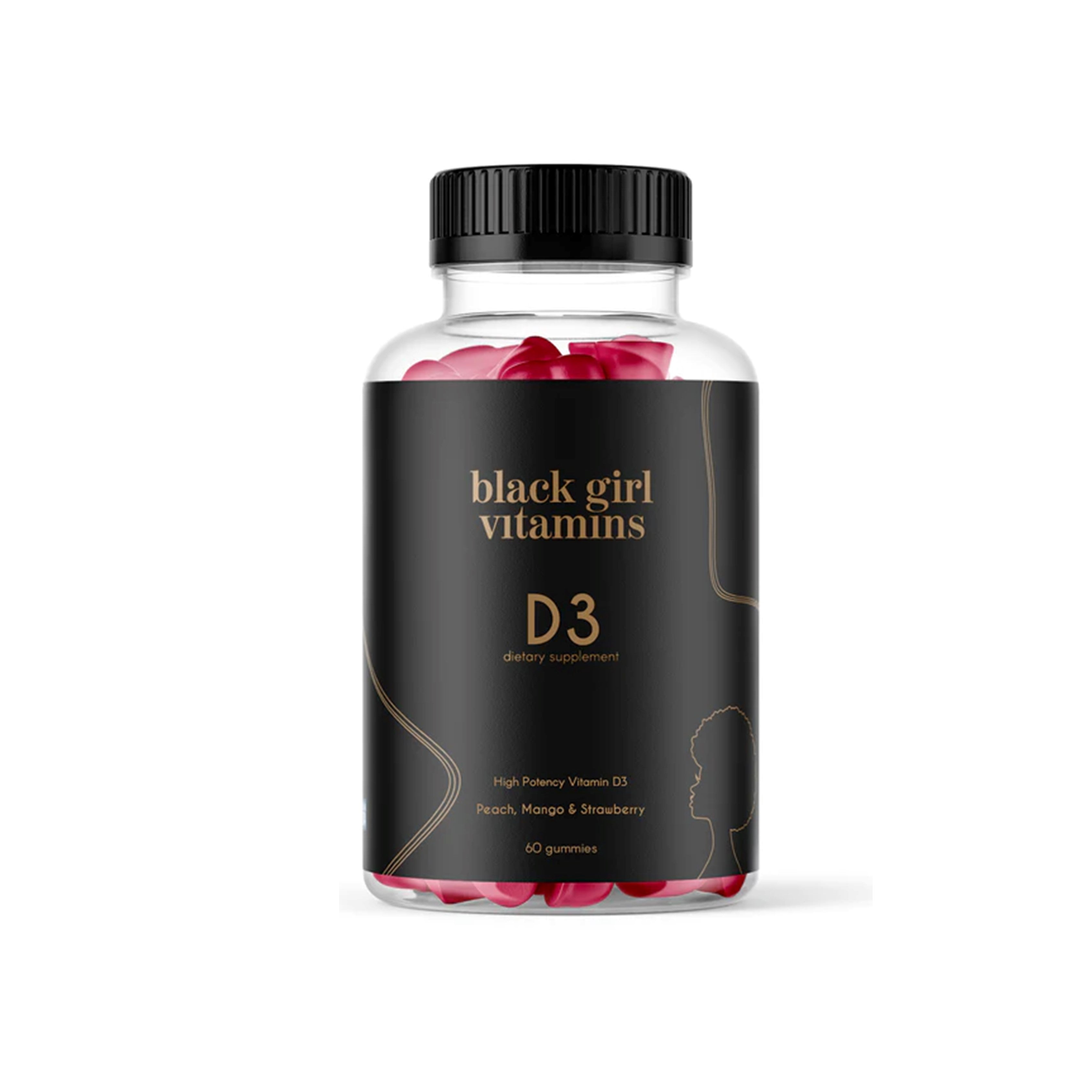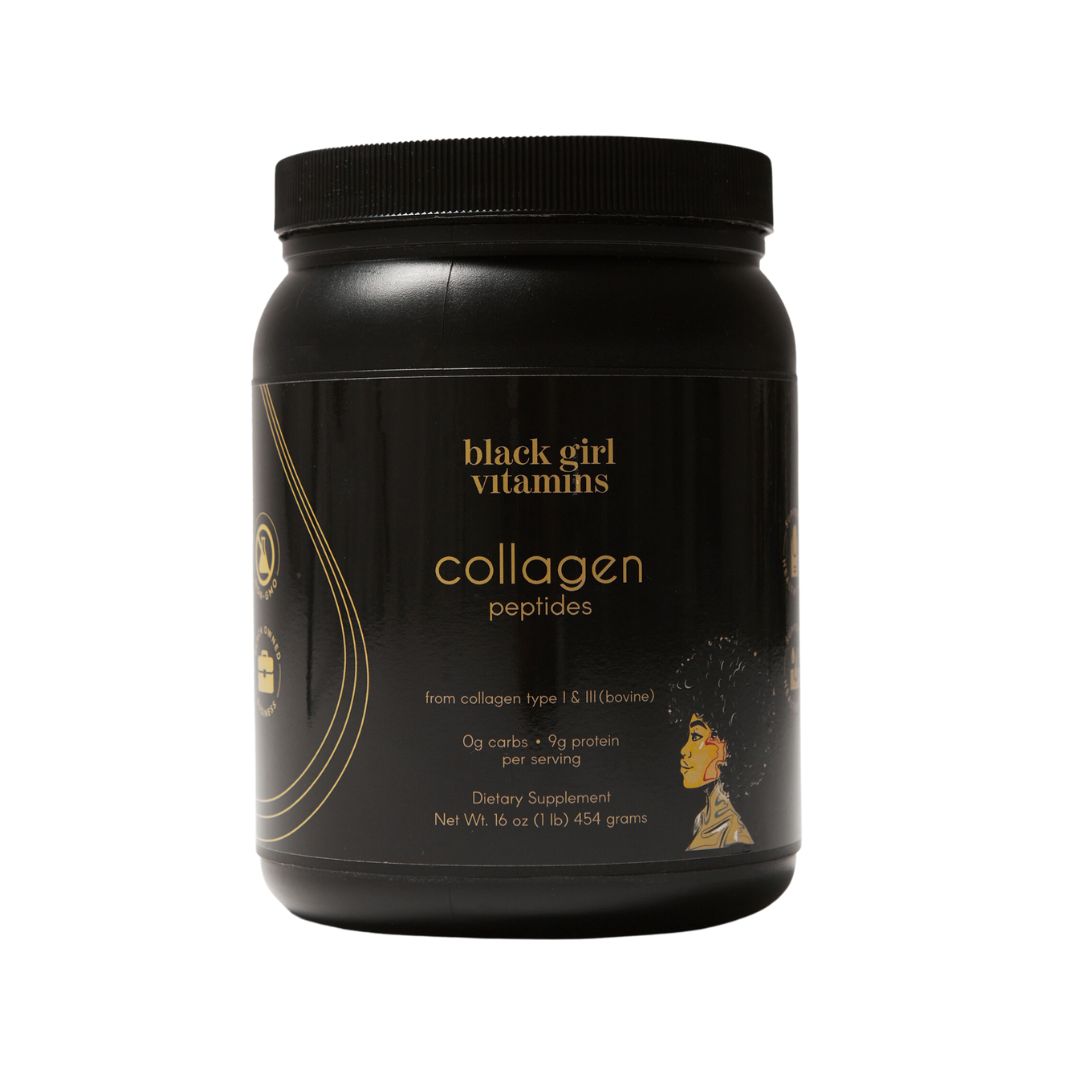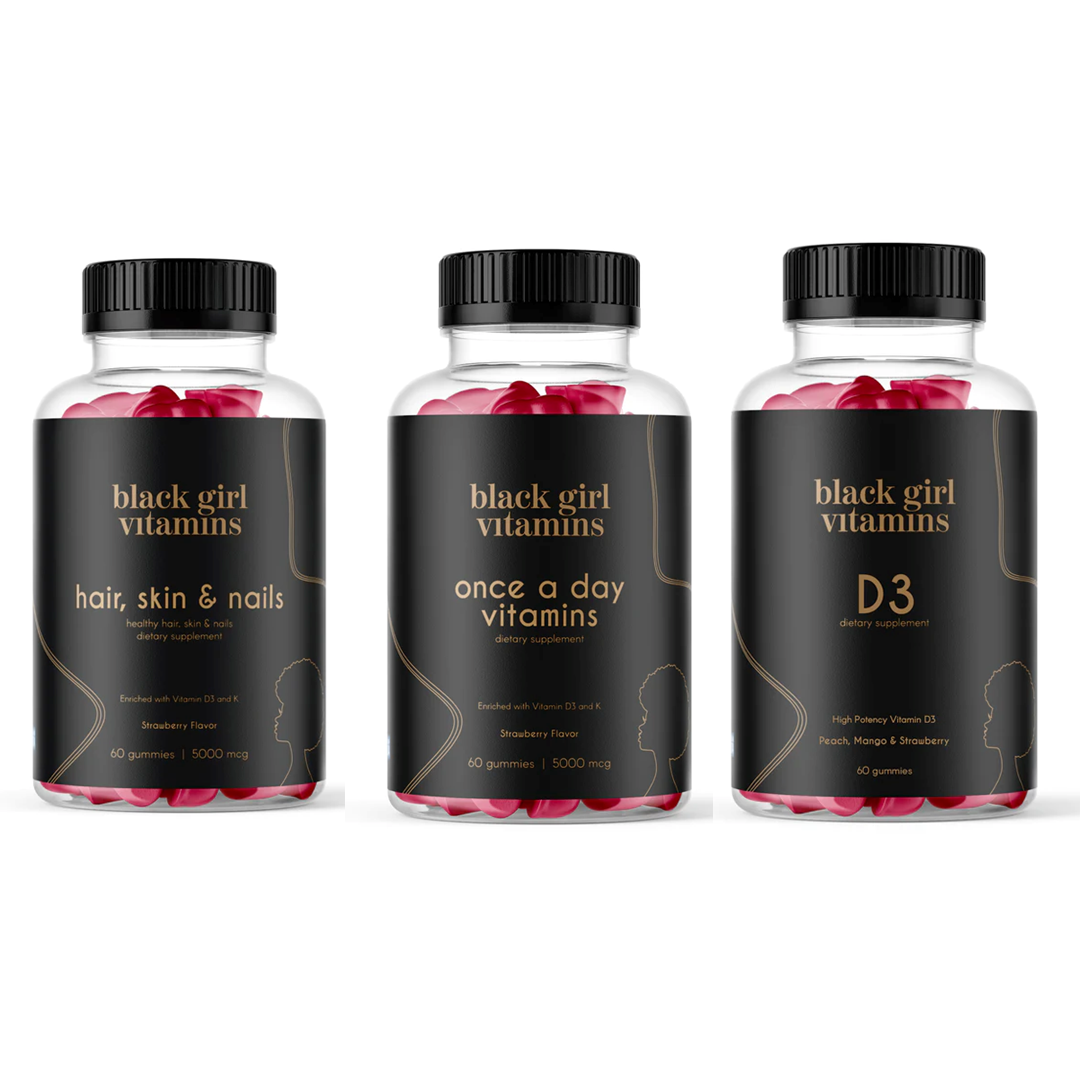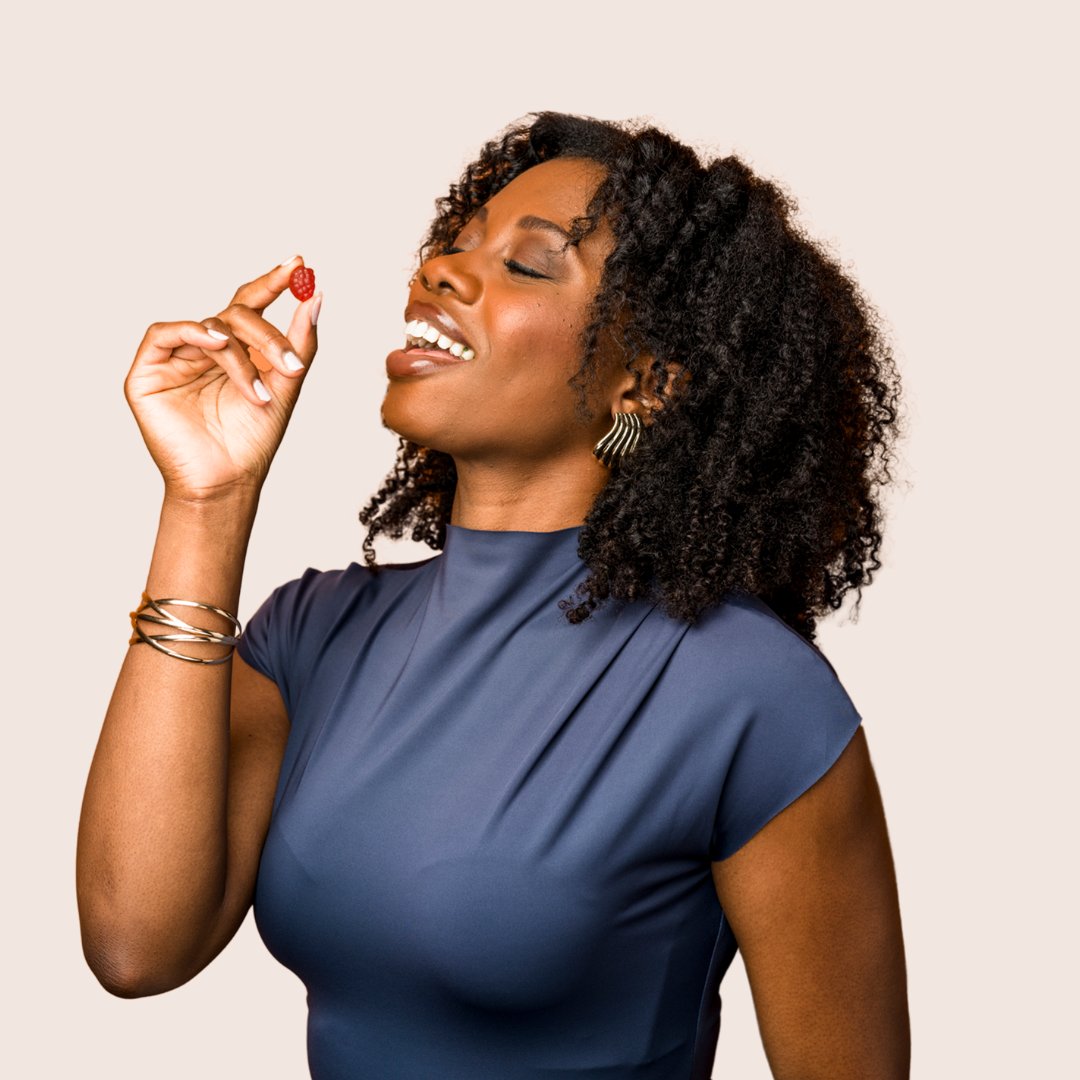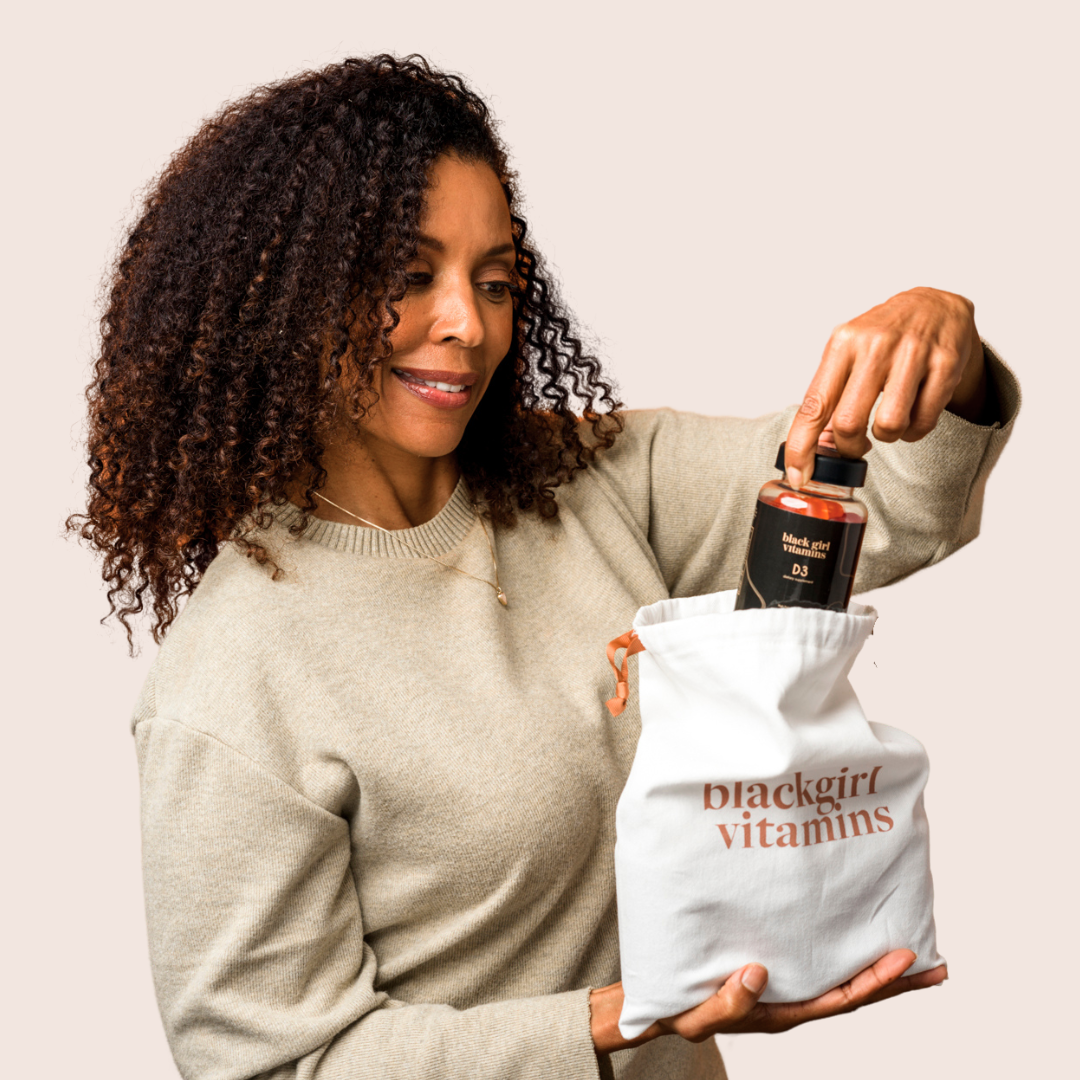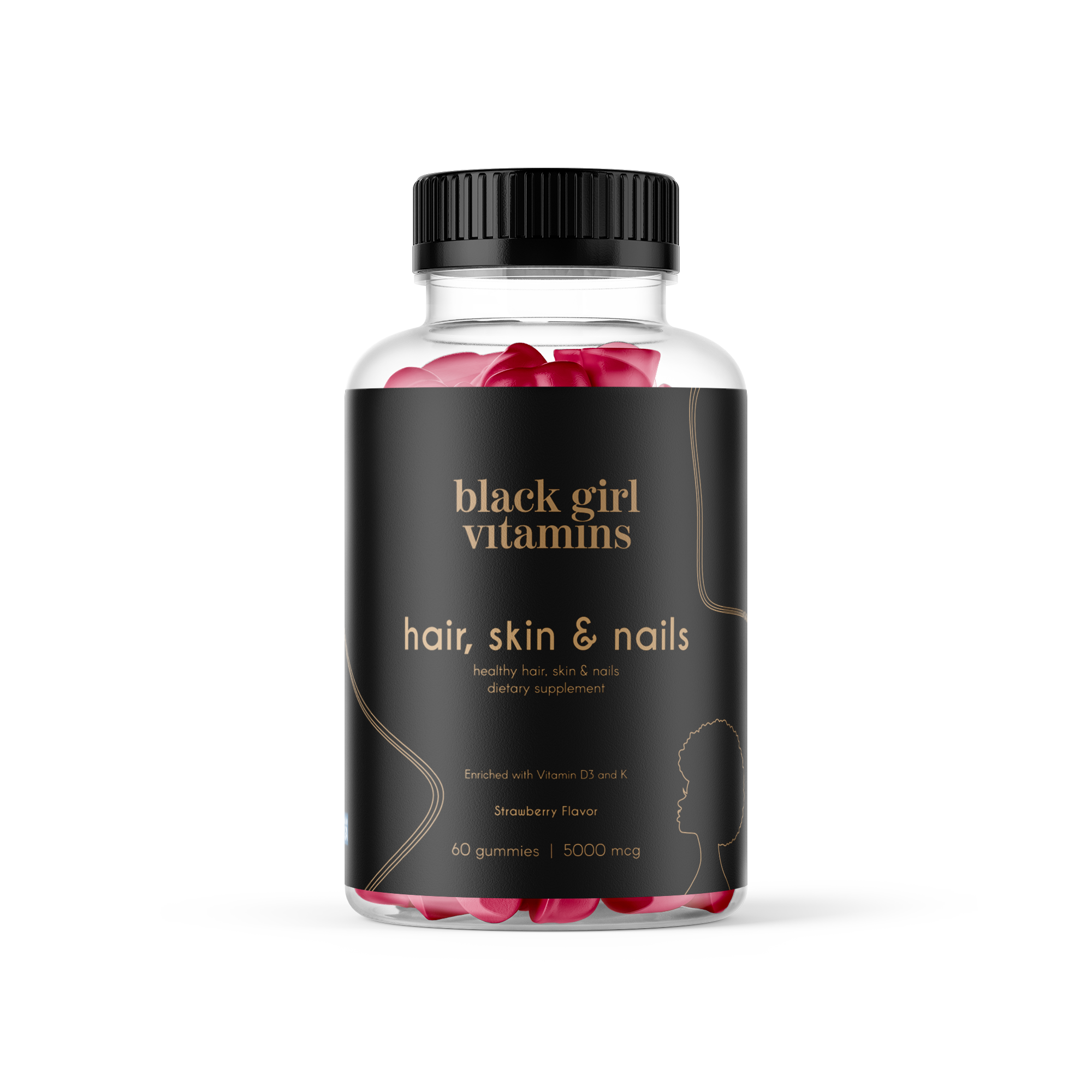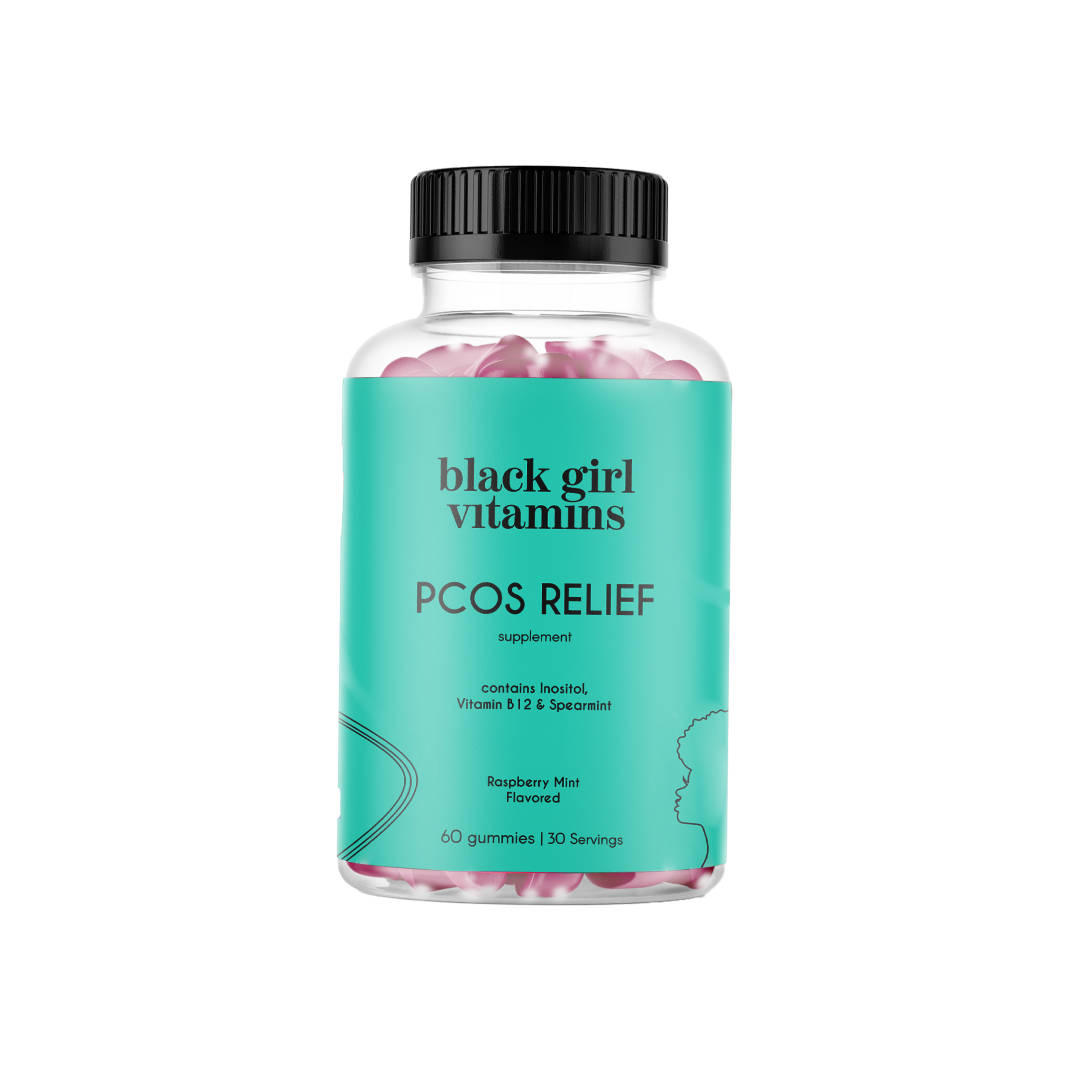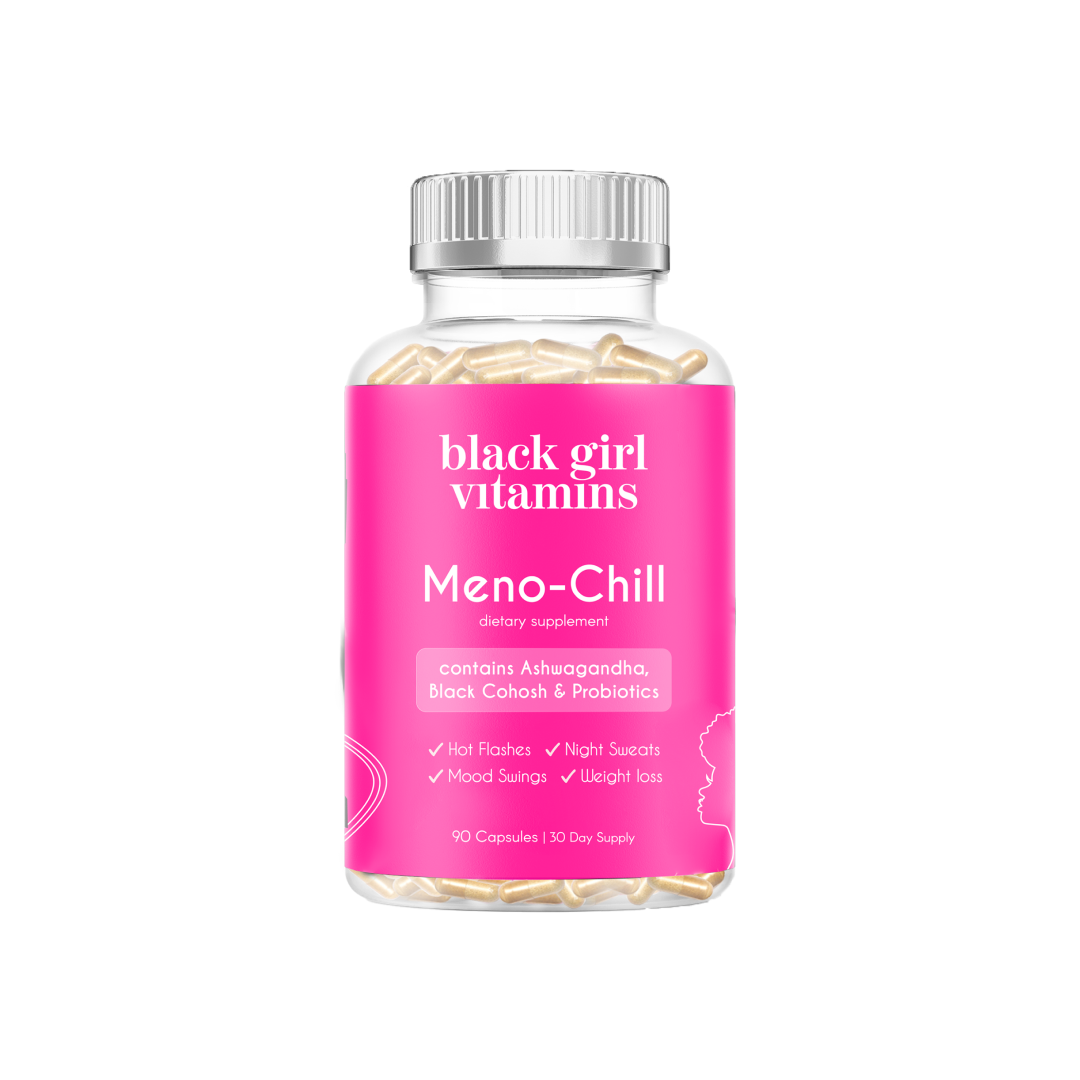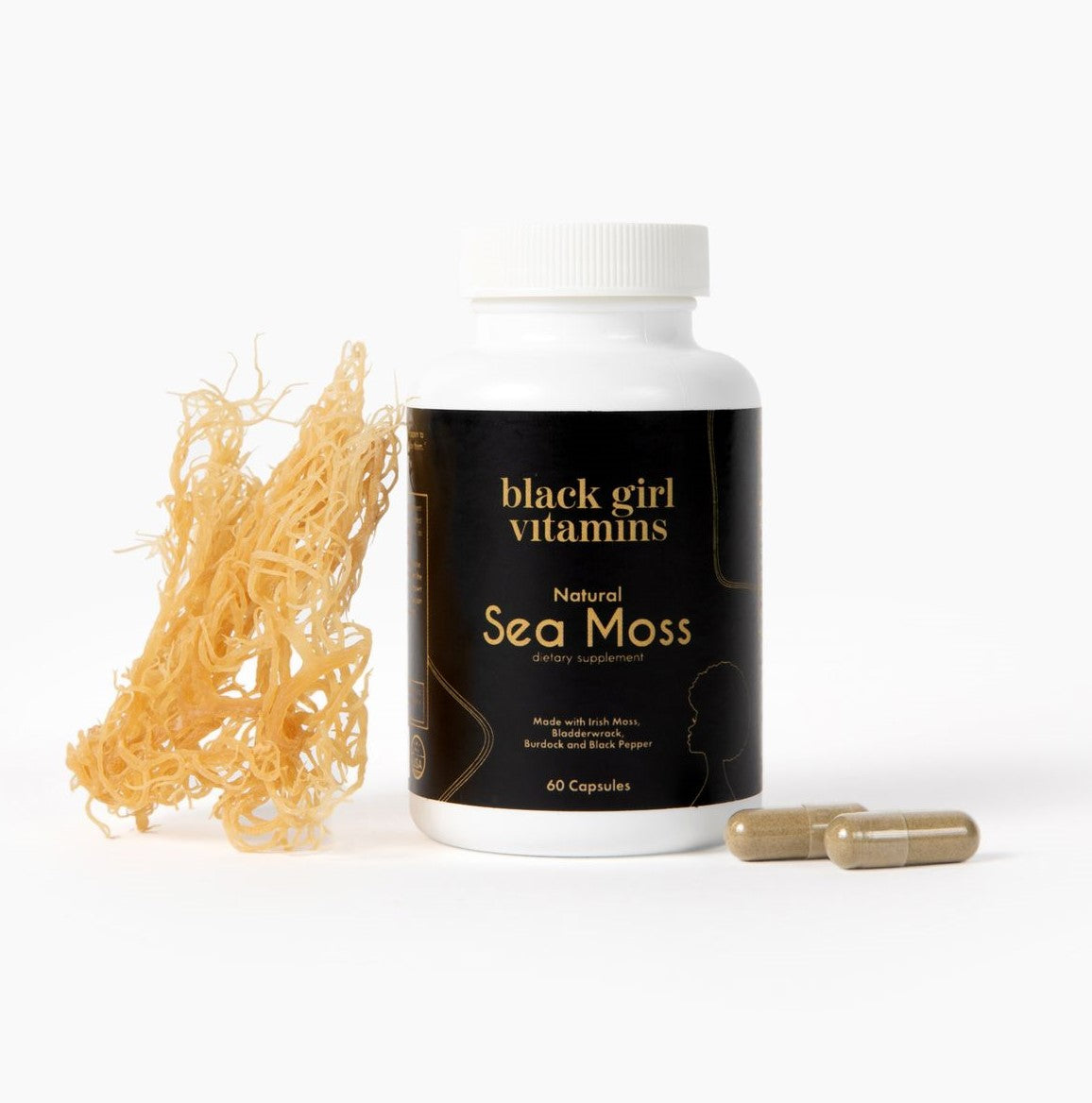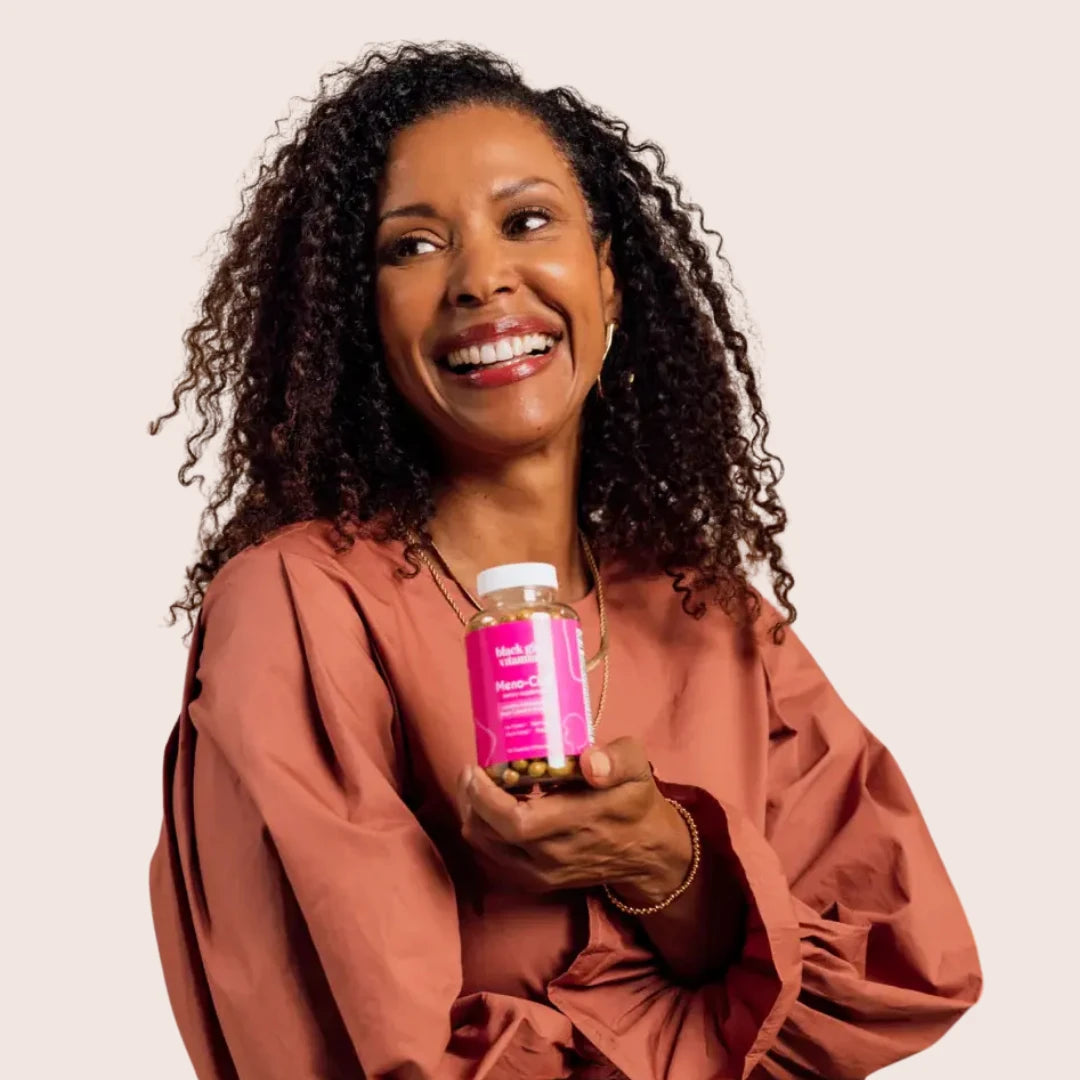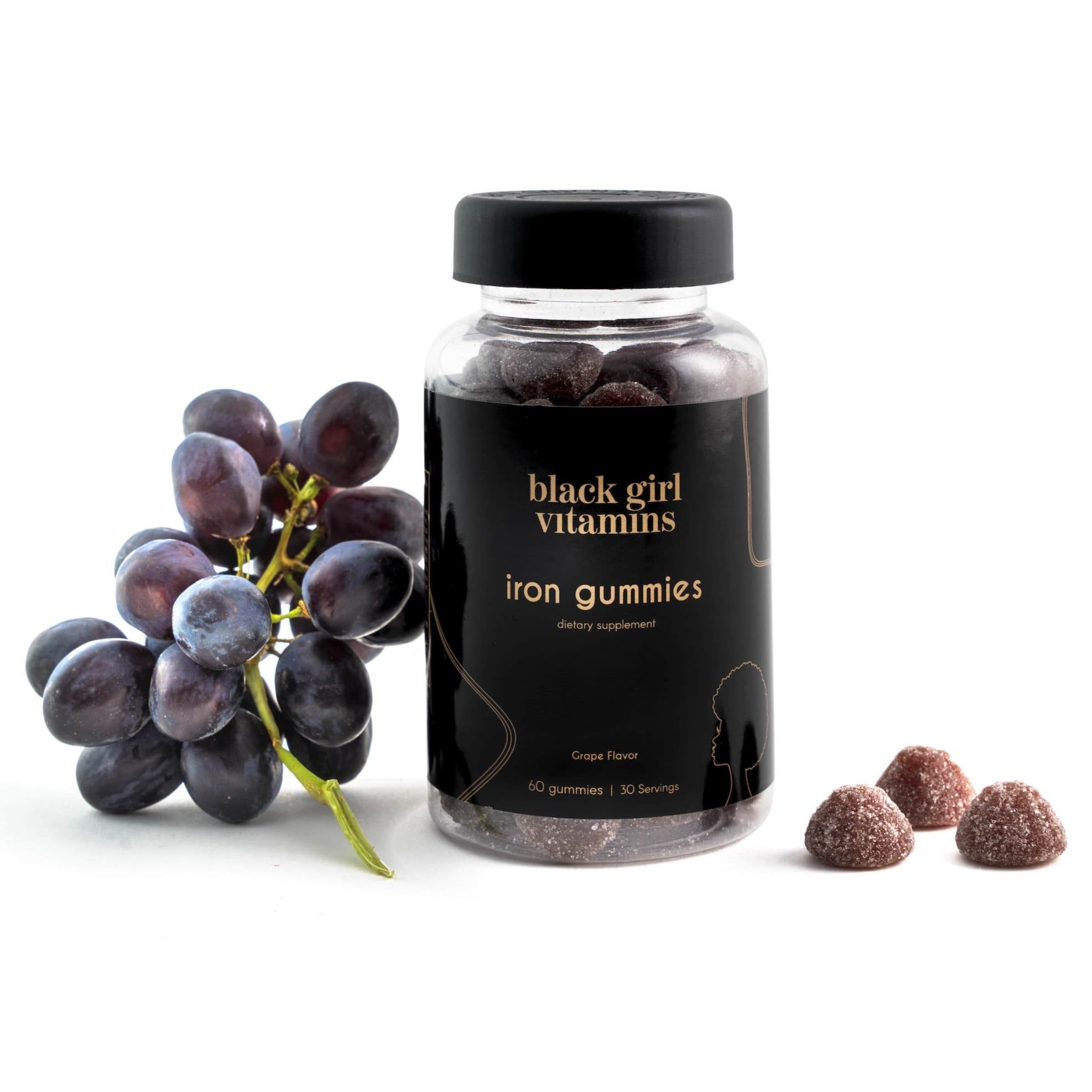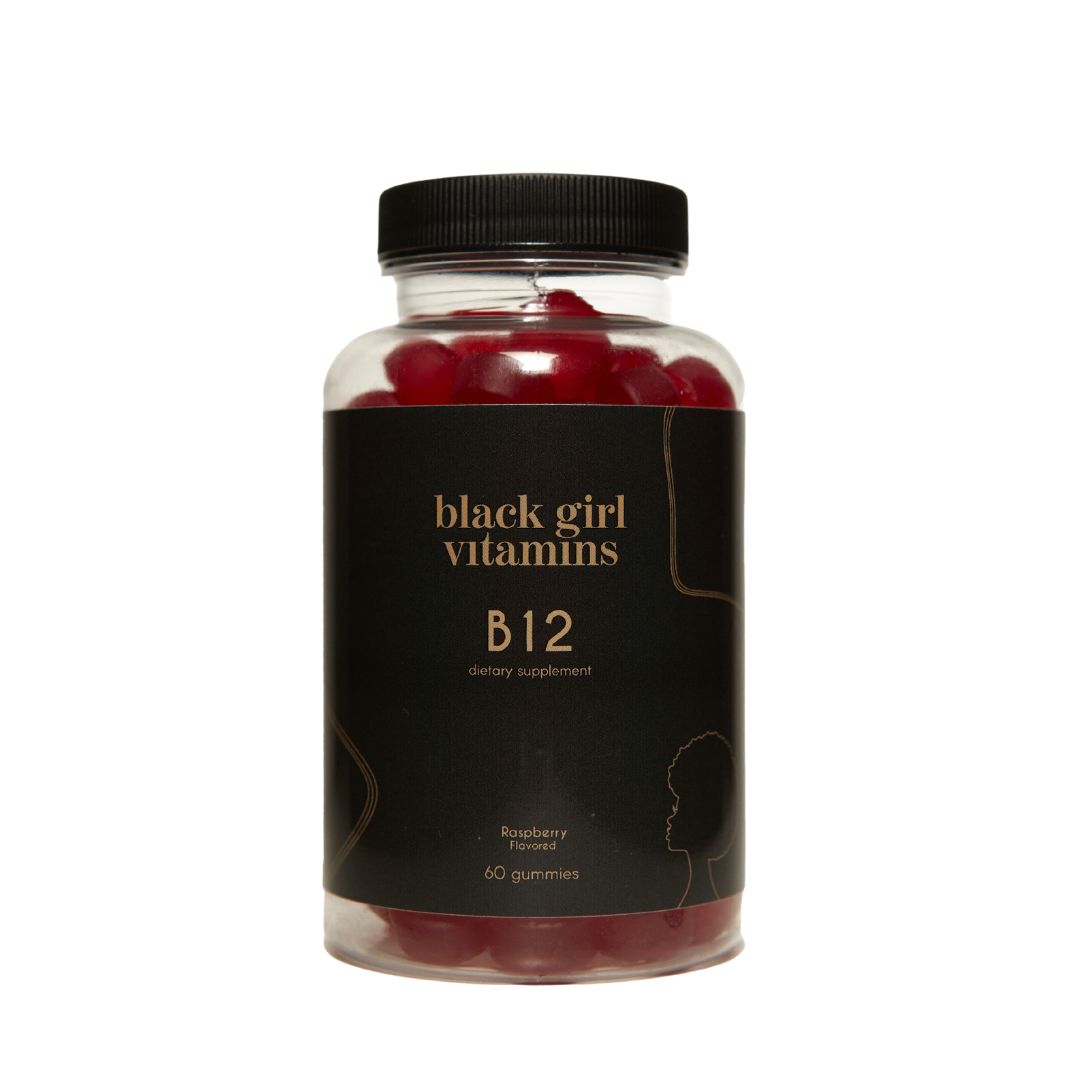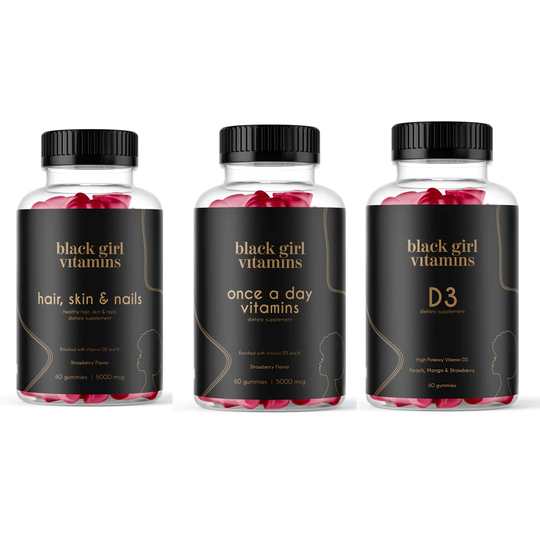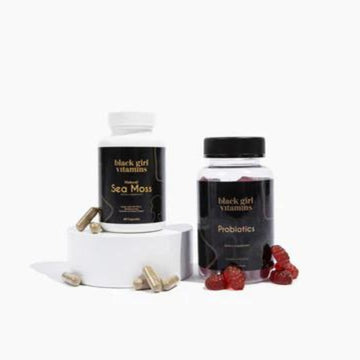How To Grow and Afro: Easy Black Hair Care

Have you ever wondered how to grow an Afro? It’s more than a hairstyle. In our communities, it’s often also seen as a statement of cultural pride and beauty. The roots of the hairstyle run deep in our history as a symbol of identity, resilience, and a connection to our heritage.
Some women spend years feeling disconnected from a hair care routine that feels authentic to their needs. Others of us never learned. Let’s explore the essential tips and easy care routines on how to grow an Afro, so your hair can remain healthy and gorgeous.
What’s Special About Afro Hair?
Afro-textured hair is distinctive for its tightly coiled structure, ranging from soft curls to coarse kinks. This structure makes your hair more prone to dryness and breakage because the natural oils produced by your scalp struggle to travel down the hair shaft. Developing a strong understanding of your hair’s characteristics is the first step to learning how to grow an Afro that is both healthy and strong.
Why Is a Healthy Scalp Essential for Natural Hair?
Your scalp is where your hair grows from and the foundation of healthy care growth. If you want to grow an Afro, regular scalp care is critical. For this, you can focus on three fundamentals: regular cleansing, scalp massages, and natural oils.
Cleaning Your Scalp
Keeping your scalp clean is important. If you’re using shampoos, you’ll want to use ones that are free from harsh sulfates that will strip your hair of its natural oils.
Look for gentle, moisturizing options that can cleanse without causing dryness. Washing your hair somewhere between once a week or every two weeks is usually enough.
Scalp Massages
Using scalp massages to increase the blood flow to your scalp promotes hair growth. Try to set aside five to ten minutes every day to massage your scalp with your fingertips, but try to avoid using your nails. Increasing the circulation will encourage your hair follicles to produce healthier, stronger hair.
Natural Oils
Natural oils can also support your scalp care routine. Try coconut, jojoba, or castor oils to moisturize your scalp and prevent dryness. The anti-inflammatory and antimicrobial properties of certain oils are an added benefit to helping maintain a healthy scalp environment, ready to promote hair growth.
Which Nutrients and Vitamins Support Healthy Hair Growth?
Nutrition plays an important role in how to grow a healthy Afro. Eating a balanced diet rich in essential nutrients can support your goals. Lean meats, nuts, and beans will help you get enough protein, which is a building block for hair. Iron from foods like lentils and spinach supports your body’s ability to get oxygen to hair follicles.
You can also increase your omega-3 fatty acids through foods like flaxseeds, fish, and walnuts to nourish your hair and increase shine.
Several vitamins also contribute to healthy hair growth. Vitamin A helps produce sebum, which is necessary for keeping the scalp moisturized. Vitamin C supports collagen production and strengthens hair. Follicle health is linked to Vitamin D, while Vitamin E can help protect hair from damage.
Vitamin B complex and biotin are renowned for enhancing your hair’s strength and growth. You can even use a specially formulated vitamin for healthy hair that combines them all in optimal amounts.
Staying hydrated helps, too. Drinking enough water will reduce hair breakage and dryness. Start with at least eight glasses of water every day to support your hair and adjust from there.
How To Moisturize and Seal Afro-Textured Hair
Afro-textured hair needs consistent moisture to stay healthy. Daily application of moisturizing creams and leave-in conditioners is important. You may also consider making your own moisturizing spray.
One popular technique for locking moisture is called the LOC method. This involves layering a water-based liquid or leave-in conditioner (L), natural oil (O), and cream (C) to hydrate, seal, and protect your hair.
For deep conditioning, use a product rich in proteins and natural oils applied with heat once a week. This may help strengthen your Afro-textured hair and prevent breakage.
Regularly Trim and Monitor Growth
It’s counterintuitive, but regular trims, every eight to 12 weeks, promote healthier Afro growth. Trims with sharp, professional shears can remove the split ends that can travel up the hair shaft and cause breakage.
You can track your progress with a hair journal or photos to understand what works best for your hair. With this knowledge, you can adjust your routine to get the best Afro health and growth.
Celebrating Your Natural Hair
Whether you choose the hairstyle or not, learning how to grow an Afro can be a way to reconnect with your history, heritage, and identity. Sometimes, it may feel like an act of resistance against the societal norms that would pressure you to fit in and adopt more Euro-centric styles.
Your crown of coils can be a symbol of pride and heritage and the key to liberating your curls is in understanding and honoring your needs as a Black woman. Regular cleansing, scalp massages, and natural oils will give you a healthy foundation. Nourishing your hair with dietary adaptations and vitamins designed to support you will strengthen your hair from within.
You’ll be even more successful when you build on your newfound understanding of your hair’s characteristics and needs with protective hairstyles for Afro-textured hair and nighttime routines. Enjoy and explore your natural hair care journey — the time you reclaim for your hair is also time to honor yourself.
Sources:
Hair Breakage in Patients of African Decent: Role of Dermoscopy | National Library of Medicine
African American Women, Hair Care, and Health Barriers | National Library of Medicine





